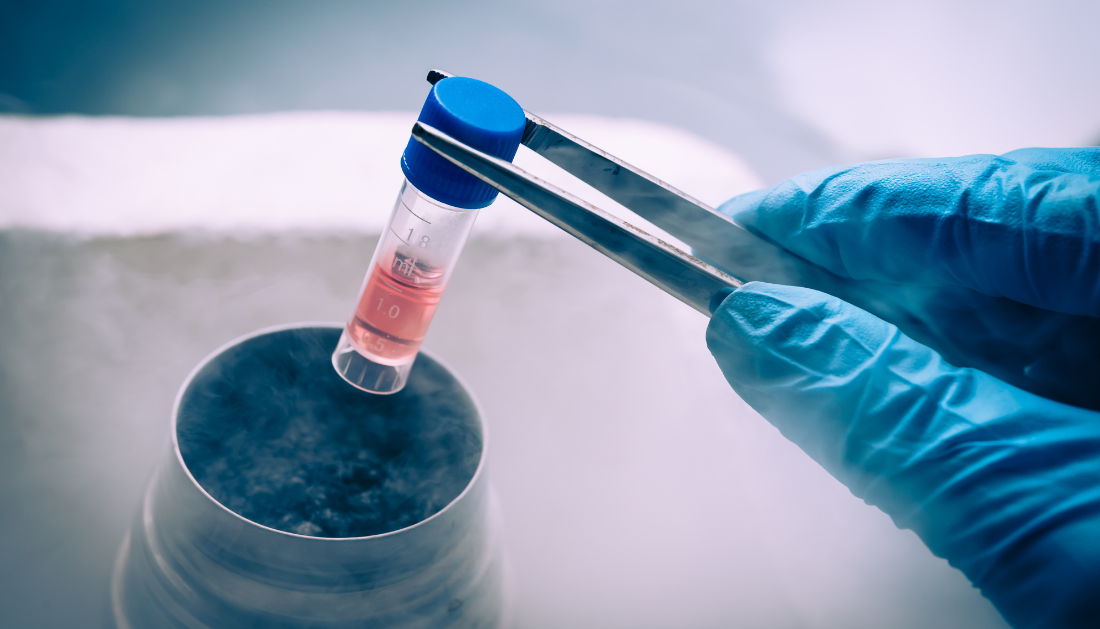

A groundbreaking stem cell therapy known as cultivated autologous limbal epithelial cells (CALEC) has shown promising results in a clinical trial for patients with corneal injuries previously considered untreatable. The study, led by Mass Eye and Ear and published in Nature Communications, found that 92% of treated patients experienced complete or partial success in restoring their corneal surface.
How CALEC Works
The cornea, the transparent outer layer of the eye, is essential for vision. When damaged by chemical burns, infections, or trauma, its regenerative limbal epithelial stem cells may be depleted, preventing standard corneal transplants from working.
CALEC therapy involves:
- Extracting limbal stem cells from a patient’s healthy eye via biopsy.
- Expanding these cells into a graft using a specialized cell culture process over 2–3 weeks.
- Transplanting the graft onto the damaged eye to restore corneal function.
The study followed 14 patients for 18 months, assessing safety and effectiveness.
Key Findings of the Trial
- 50% of patients achieved full corneal restoration within three months.
- 79% and 77% of patients had complete success at 12 and 18 months, respectively.
- Including partial recoveries, overall success rates were 93% and 92% at 12 and 18 months.
- Visual improvements were noted in all participants.
- The treatment had a strong safety profile, with no serious adverse events.
One patient developed a mild bacterial infection due to contact lens use, but it was successfully treated.
Future of CALEC Therapy
While CALEC is not yet widely available, the researchers plan larger clinical trials to seek FDA approval.
Dr. Ula Jurkunas, the study’s lead investigator, emphasized,
“This research represents nearly two decades of work and offers new hope to patients who previously had no treatment options.”
In the future, scientists aim to develop an allogeneic (donor-derived) version of CALEC, which could treat patients with damage in both eyes using cadaveric donor tissue.
Implications for Regenerative Medicine
The success of CALEC therapy highlights the potential of stem cell treatments in regenerative medicine. The Mass General Brigham Gene and Cell Therapy Institute continues to explore novel cell-based treatments for conditions once deemed irreversible.
With further research and regulatory approval, CALEC could revolutionize ophthalmology, offering life-changing vision restoration for patients with severe corneal damage.
More Information: Jurkunas, U et al. Cultivated autologous limbal epithelial cell (CALEC) transplantation for limbal tem cell deficiency: a phase I/II clinical trial of the first xenobiotic-free, serum-free, antibiotic-free manufacturing protocol developed in the US, Nature Communications (2025). DOI: 10.1038/s41467-025-56461-1
more recommended stories
 Parkinson’s Disease Care Advances with Weekly Injectable
Parkinson’s Disease Care Advances with Weekly InjectableA new weekly injectable formulation of.
 Brain’s Biological Age Emerges as Key Health Risk Indicator
Brain’s Biological Age Emerges as Key Health Risk IndicatorClinical Significance of Brain Age in.
 Children’s Health in the United States is Declining!
Children’s Health in the United States is Declining!Summary: A comprehensive analysis of U.S..
 Autoimmune Disorders: ADA2 as a Therapeutic Target
Autoimmune Disorders: ADA2 as a Therapeutic TargetAdenosine deaminase 2 (ADA2) has emerged.
 Is Prediabetes Reversible through Exercise?
Is Prediabetes Reversible through Exercise?150 Minutes of Weekly Exercise May.
 New Blood Cancer Model Unveils Drug Resistance
New Blood Cancer Model Unveils Drug ResistanceNew Lab Model Reveals Gene Mutation.
 Healthy Habits Slash Diverticulitis Risk in Half: Clinical Insights
Healthy Habits Slash Diverticulitis Risk in Half: Clinical InsightsHealthy Habits Slash Diverticulitis Risk in.
 Caffeine and SIDS: A New Prevention Theory
Caffeine and SIDS: A New Prevention TheoryFor the first time in decades,.
 Microbial Metabolites Reveal Health Insights
Microbial Metabolites Reveal Health InsightsThe human body is not just.
 Reelin and Cocaine Addiction: A Breakthrough Study
Reelin and Cocaine Addiction: A Breakthrough StudyA groundbreaking study from the University.

Leave a Comment